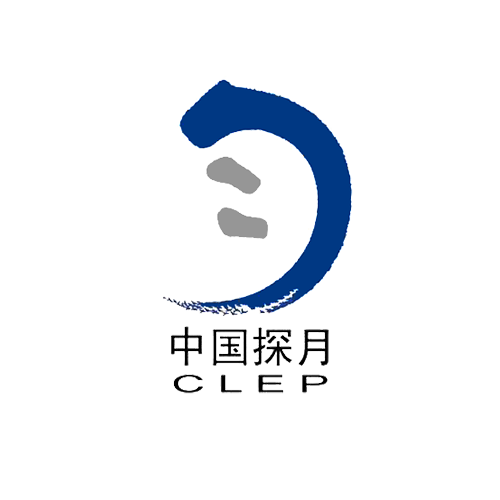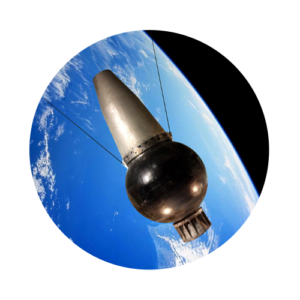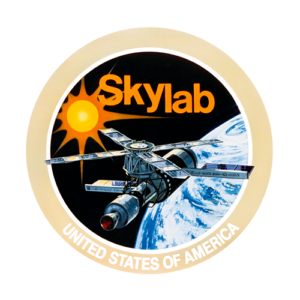The Chinese Lunar Exploration Program, also known as Chang’e, embodies China’s ambitious foray into lunar exploration and space science. Launched in 2004, its primary objectives include conducting scientific research, technological demonstrations, and laying the groundwork for future crewed lunar missions. Notable achievements include the successful soft landing of the Chang’e 3 lander and Yutu rover on the Moon in 2013, as well as the recent Chang’e 4 mission, which achieved the first-ever landing on the far side of the Moon in 2019.
History & Evolution
The program traces its roots to China’s space ambitions in the early 21st century, with the development of the Chang’e series of lunar probes. Key missions include Chang’e 1, which orbited the Moon in 2007, and Chang’e 3, which marked China’s first soft landing on the lunar surface. Technological advancements include lunar landing and rover capabilities, as well as lunar sample return missions planned for the future.
Mission Objectives
The primary goals of the Chinese Lunar Exploration Program are to conduct scientific research on the Moon’s geology, atmosphere, and environment, as well as to demonstrate China’s technological capabilities in space exploration. Specific mission targets include lunar surface exploration, resource prospecting, and potential establishment of lunar bases for future human missions.
Infrastructure and Facilities
The program utilizes China’s existing launch facilities, including the Xichang Satellite Launch Center and the Wenchang Spacecraft Launch Site, for launching lunar missions. Spacecraft manufacturing facilities and research centers across China support mission planning, spacecraft development, and scientific analysis. Collaboration with international partners is limited but may increase in the future.
Spacecraft and Vehicles
- Chang’e Lunar Probes: Series of spacecraft designed for lunar exploration, including orbiters, landers, and rovers.
- Long March Rockets: Chinese launch vehicles used to deploy Chang’e spacecraft into lunar orbit or onto the lunar surface.
- Yutu Rover: Lunar rover deployed by Chang’e 3, designed to explore the lunar surface, analyze soil composition, and transmit data back to Earth.
Achievements and Discoveries
The Chinese Lunar Exploration Program has achieved significant milestones, including the first soft landing on the Moon by Chang’e 3 and the historic landing on the far side of the Moon by Chang’e 4. These missions have provided valuable data on lunar geology, surface conditions, and potential resources, contributing to our understanding of the Moon and its significance for future exploration.
Current Status of this program
The Chinese Lunar Exploration Program is ongoing, with plans for future missions including sample return missions, lunar polar exploration, and potential collaboration with other countries for crewed lunar missions.





